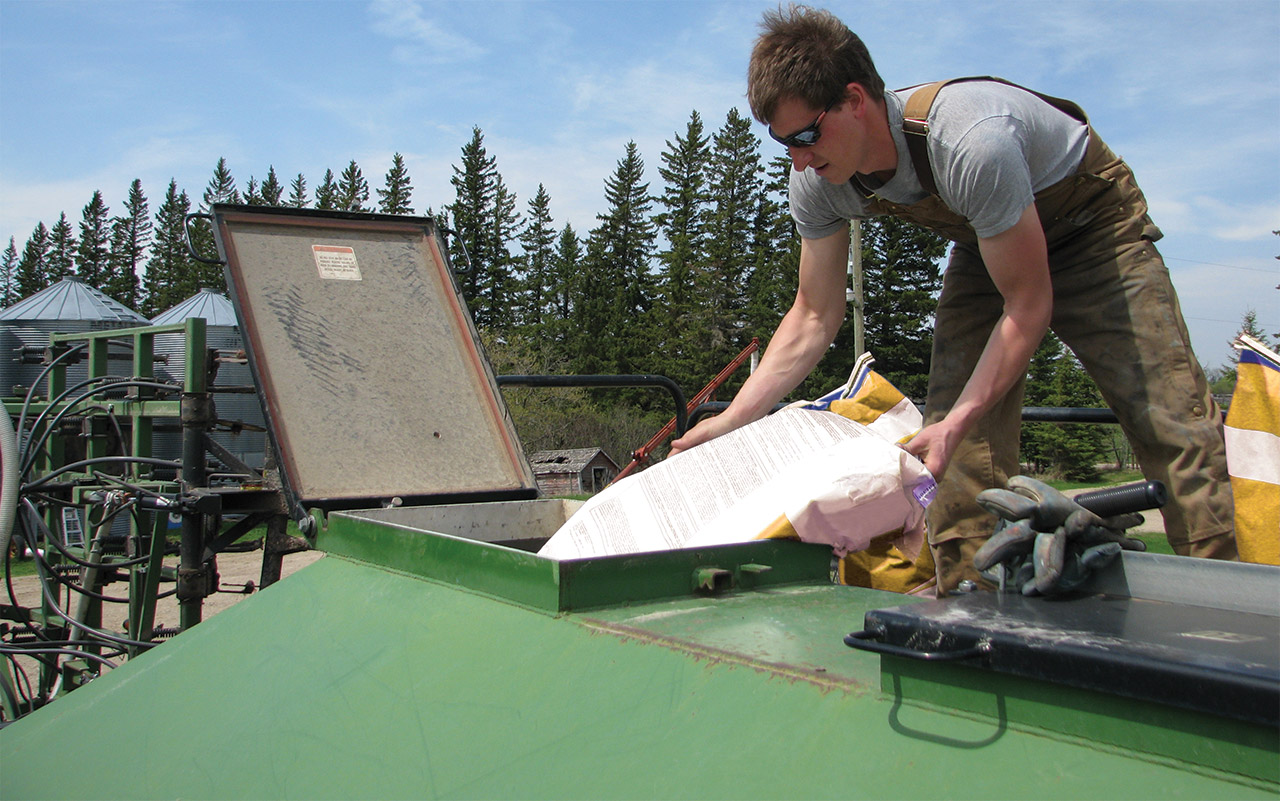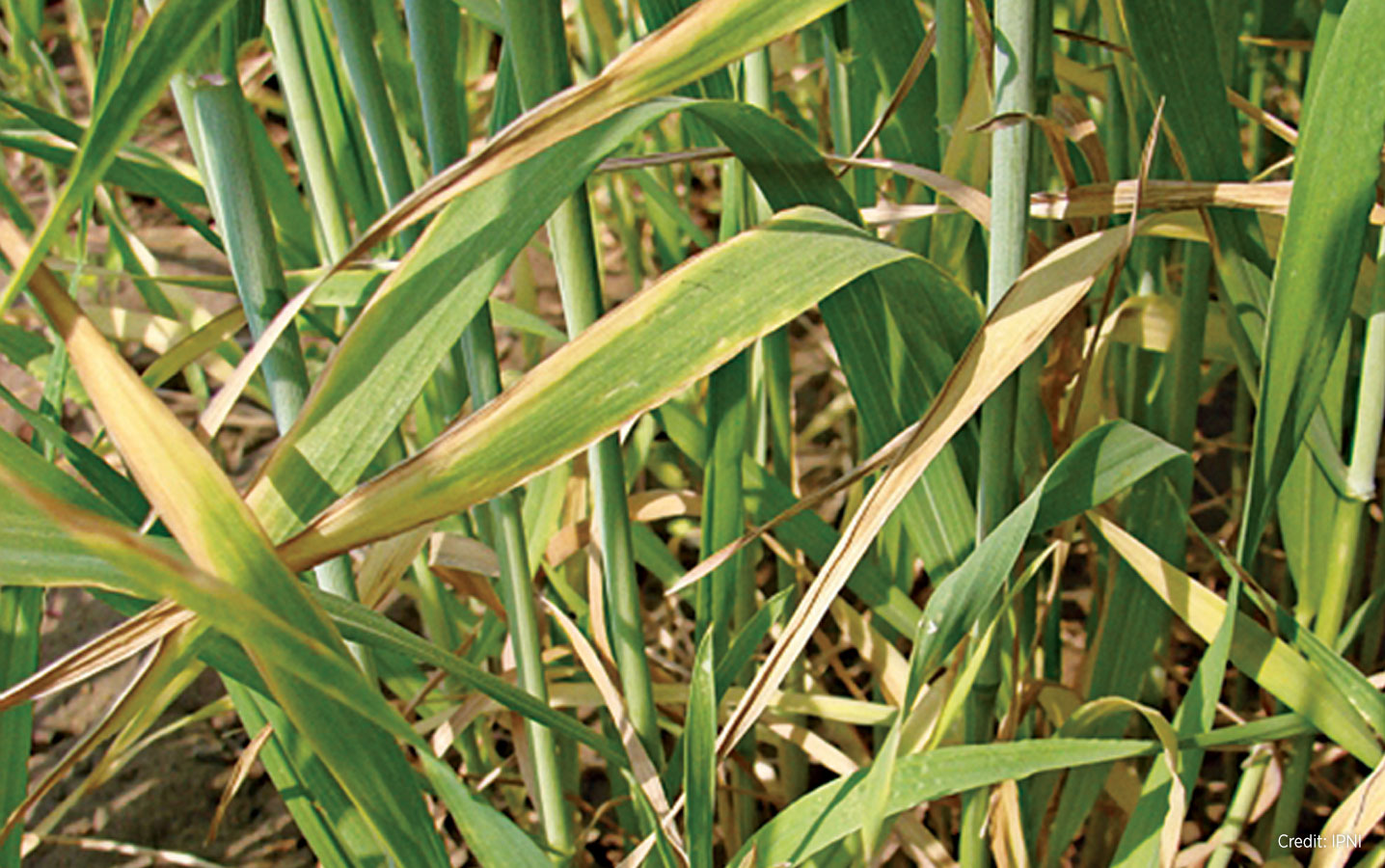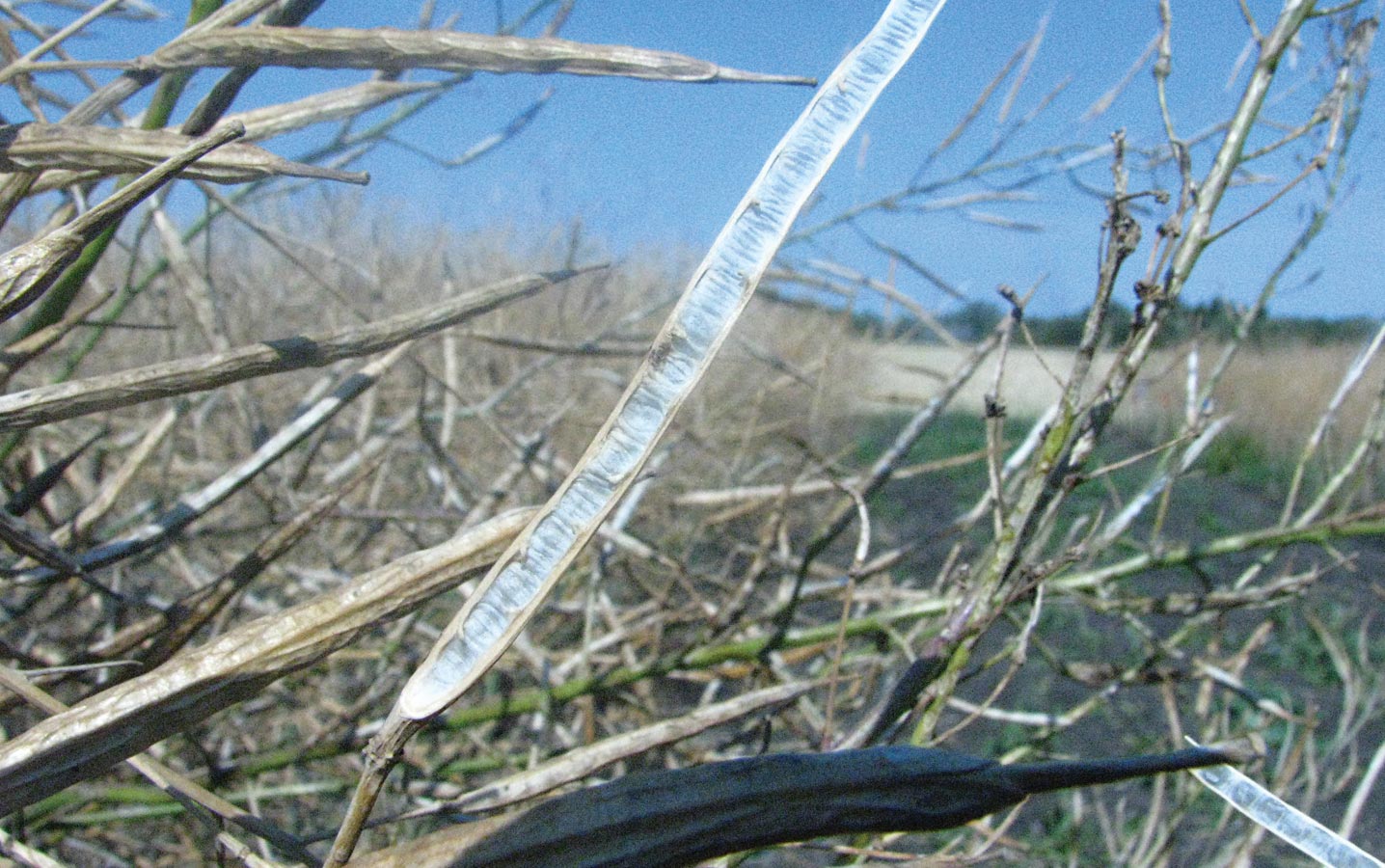Key practice: Recommended fertilizer rates and seeding rates that provide for a competitive stand will make canola more resilient against weeds, insect damage and disease. Key research: Brandt, S.A., Agriculture and Agri-Food Canada (AAFC), et al. “Seeding Rate, Fertilizer Level and Disease Management Effects on Hybrid Versus Open Pollinated Canola (Brassica napus L.).” Effective pest...
Read More 
The Canola Council of Canada’s Keep It Coming strategic plan targets an average yield of 52 bu./ac. across the Prairies by 2025. This is an 18 bu./ac. increase over the average yield at the time the plan launched. Of that, 10 bu./ac. will come as a result of agronomic improvement through the four categories outlined in this magazine. The other 8 bu./ac. will come from genetics. This article summarizes the seed industry’s perspective on their target and how it could be achieved.
Key practice: Ensure safe rates of seed-placed fertilizer to improve nutrient-deficient soil conditions without increasing seedling mortality. The safest step is to put only phosphate in the seed row, and all other fertilizer outside the seed row. Key research: Grant, Cynthia, Agriculture and Agri-Food Canada (AAFC). “Improving Nutrient Management in Canola and Canola-Based Cropping Systems.”...
Read More 
Most canola crops grown in Western Canada are not short of potassium because most Prairie soils have sufficient potassium levels. Sandy soils with low clay content are most likely to be short of potassium, especially if those fields have been in forages where a large percentage of the biomass is removed each year. Cereals in...
Read More 
Key practice: Canola varieties with pod shatter tolerance have arrived. Pod shatter tolerance adds more flexibility for harvest timing, allowing crops to stand longer with fewer losses. Key research: Cavalieri, A., University of Manitoba, et al. “Pod Drop and Pod Shatter Are Not Closely Related in Canola.” Crop Science (2014). Gan, Y., Agriculture and Agri-Food...
Read More






